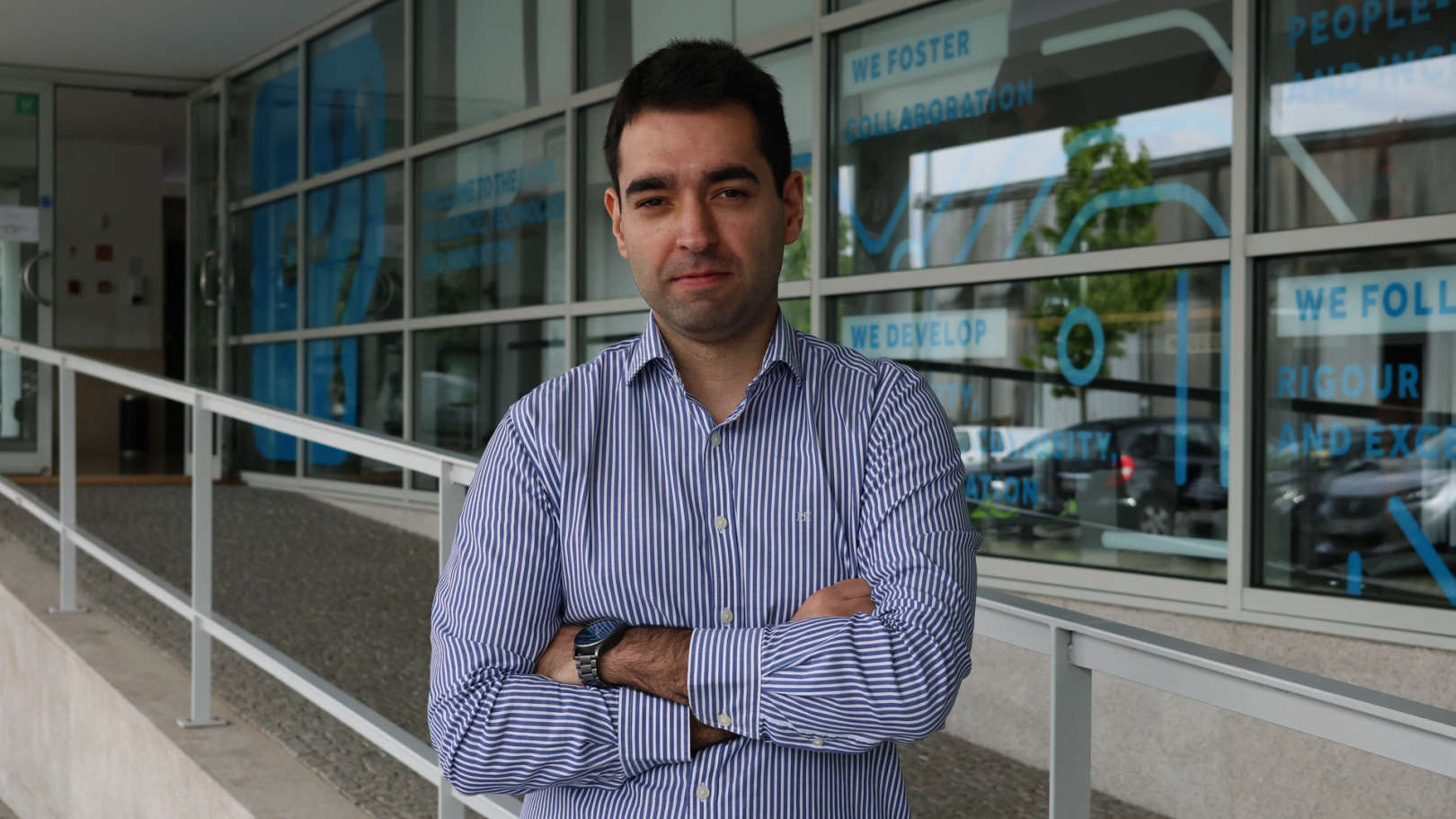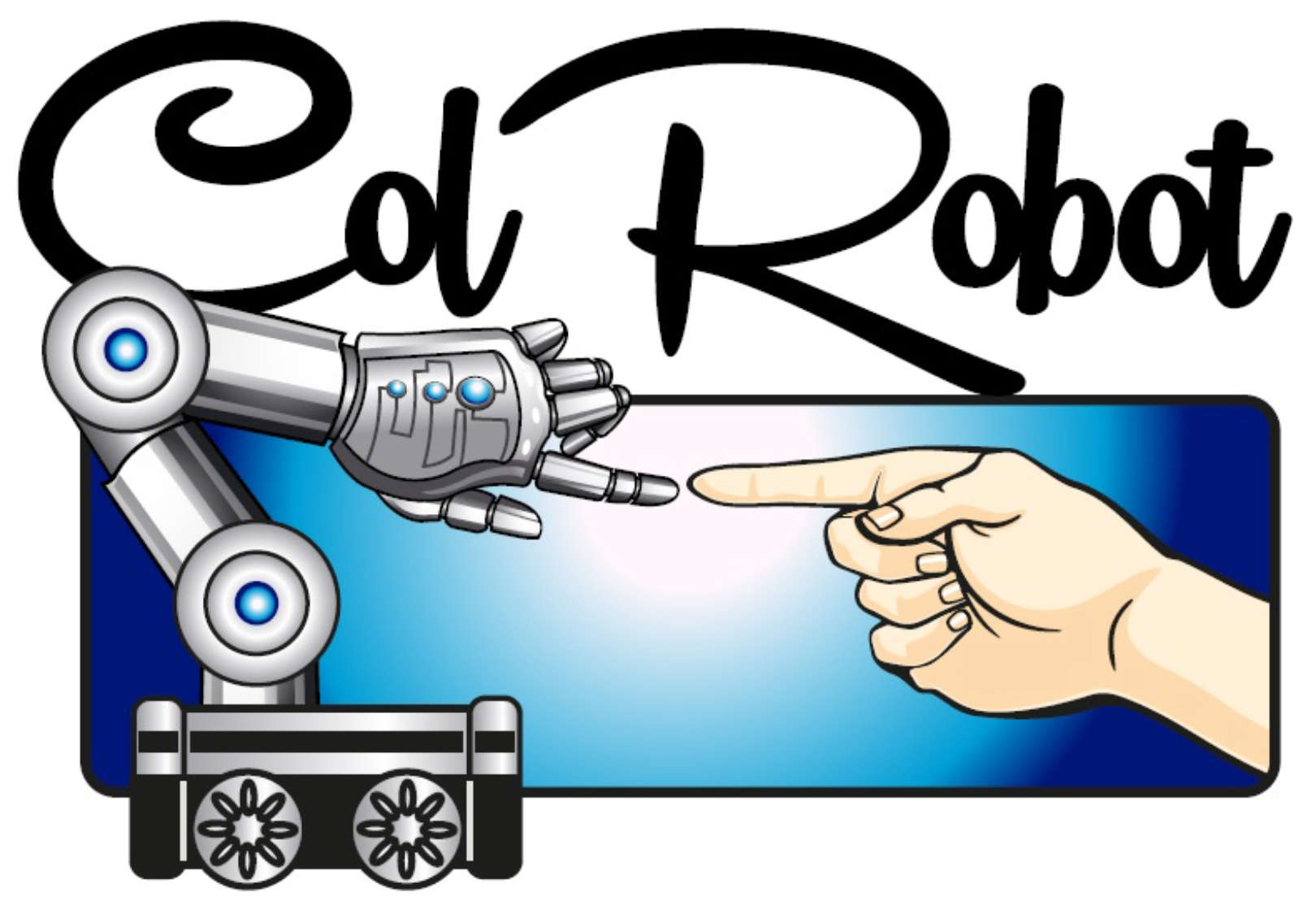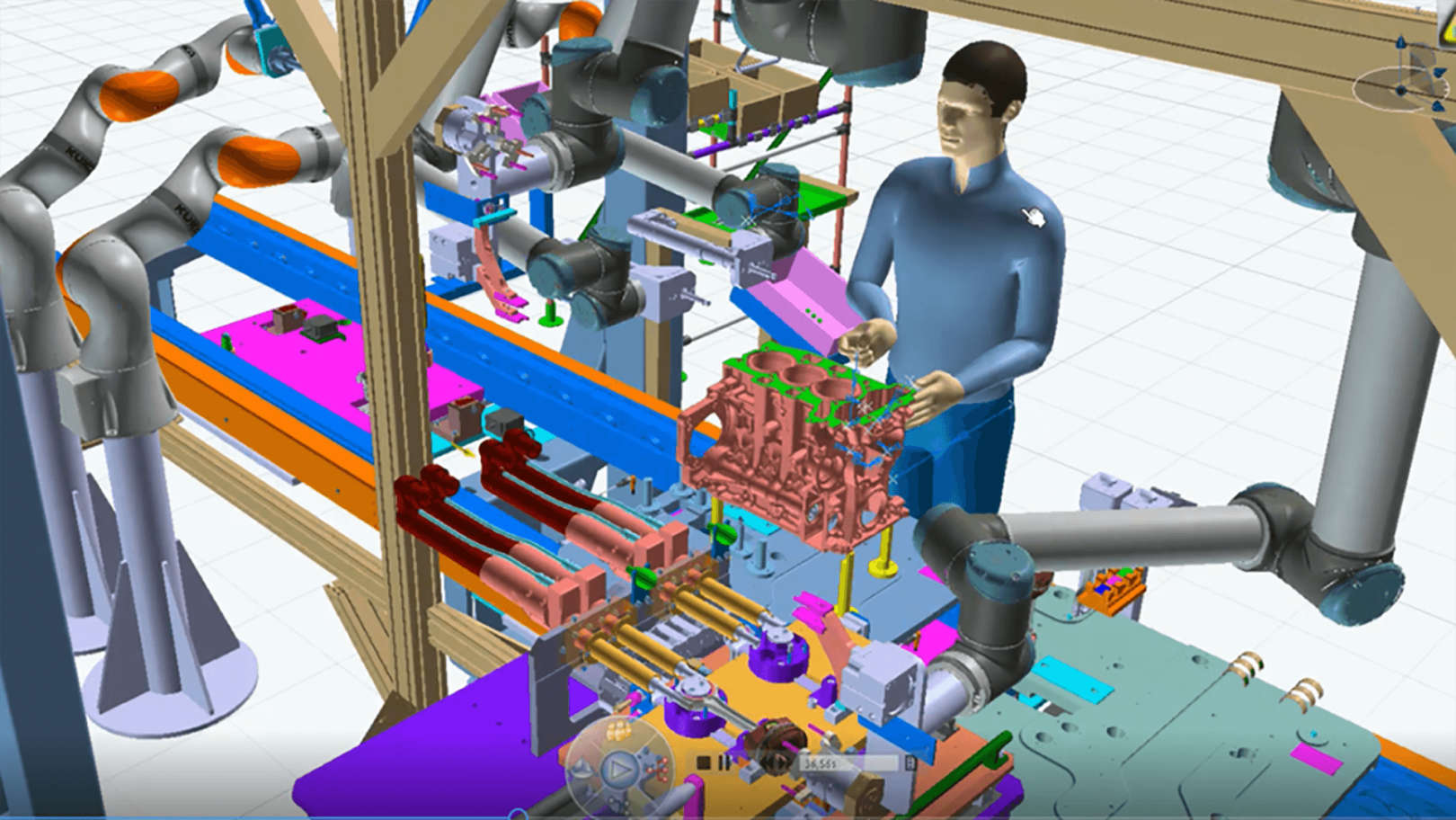Sobre
Luis Rocha doutorado em Engenharia Electrotécnica e de Computadores pela Faculdade de Engenharia da Universidade do Porto em 2014. É investigador do INESC TEC desde 2010 e é actualmente responsável pela área de investigação de manipuladores industriais no Centro de Robótica Industrial e Sistemas Inteligentes (CRIIS ). Publicou mais de 40 artigos em revistas científicas internacionais e em conferências. Os seus principais interesses de investigação focam-se no desenvolvimento de sistemas robóticos industriais mais ágeis e centrados no ser humano, nomeadamente via a investigação de novos mecanismos interação homem-robô, novas metodologias de programação de robôs mais simplificadas e sistemas avançados de perceção. Foi coordenador da equipa do INESC que participou nos seguintes projetos: H2020 MARI4_YARD, Xweld (H2020 Trinitiy Cascade Funding), AI4R.WELD (H2020 ZDMP Cascade Funding), Interreg POCTEC 2014-2020 Manufactur4.0, P2020 PRODUTECH4S&C e PRODUTECH -SIF.




